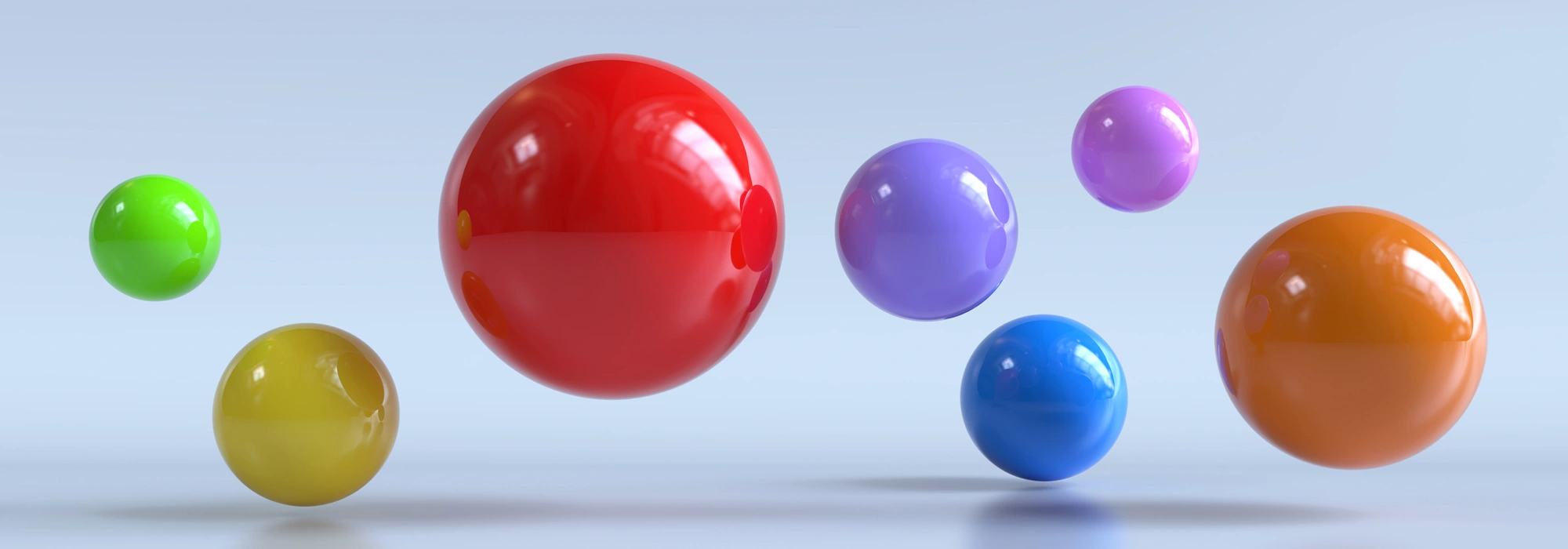Imagine being able to unlock the secrets of three-dimensional shapes and unravel the mysteries of volume calculations. In the world of geometry, one shape stands out for its elegance and versatility—the sphere. Understanding how to calculate the volume of a sphere is not only a fundamental mathematical skill but also a gateway to exploring the wonders of three-dimensional space. In this article, we’ll delve into the intricacies of sphere volume calculations, explore real-world applications, compare it to other geometric shapes, and provide exercises to reinforce your understanding. Let’s get started!
Understanding the Volume of a Sphere
Before we dive into the calculations, let’s familiarize ourselves with the sphere’s properties. A sphere is a perfectly symmetrical three-dimensional object with every point on its surface equidistant from its center. To calculate the volume of a sphere, we use the following formula:
Volume of a Sphere = (4/3) × π × r³
In this formula, r represents the radius of the sphere, while π (pi) is a mathematical constant that approximates 3.14159. By substituting the radius into the formula, we can determine the volume of any sphere.
Real-World Applications
Understanding the volume of a sphere isn’t just an abstract mathematical concept—it has practical applications in various fields. For example:
- Architects and engineers use sphere volume calculations to design domes, sports stadiums, and even water tanks.
- Astronomers rely on sphere volume calculations to estimate the sizes of celestial bodies, such as planets and stars.
- Artists and sculptors use sphere volume concepts to create realistic and proportional forms.
By grasping the volume of a sphere, you gain a powerful tool that can unlock a world of possibilities in your chosen field.
Comparison to Other Geometric Shapes
To truly appreciate the volume of a sphere, let’s compare it to other familiar geometric shapes. When compared to shapes like cubes or cylinders, the sphere’s volume formula stands out as unique and elegant. Unlike rectangular prisms or cylinders, which have formulas involving multiple dimensions, the sphere’s volume depends solely on its radius. This simplicity makes sphere volume calculations both accessible and intriguing.
Mathematical Problems and Exercises
To reinforce your understanding of sphere volume calculations, let’s tackle some mathematical problems together.
1. Problem: Find the volume of a sphere with a radius of 5 units.
Solution: Using the formula, we can substitute the radius into the equation:
Volume = (4/3) × π × (5³)
Volume = (4/3) × π × 125
Volume ≈ 523.60 cubic units
2. Problem: A spherical water tank has a volume of 5000 cubic meters. Determine its radius.
Solution: Rearranging the volume formula, we can solve for the radius:
Radius = ∛((3 × Volume) / (4 × π))
Radius = ∛((3 × 5000) / (4 × π))
Radius ≈ 10.29 meters
These exercises provide a glimpse into the practical applications of sphere volume calculations and help solidify your understanding of the concept. If these sample problems were challenging, consider finding an online math tutor who can help support your understanding of the concept.
Conclusion
Congratulations! You’ve embarked on a journey to unlock the mysteries of sphere volume calculations. By mastering this fundamental skill, you’ve gained an invaluable tool that will serve you in various fields. From architecture to astronomy, the volume of a sphere plays a pivotal role in shaping our understanding of the world.
In this article, we explored the formula for calculating the volume of a sphere, examined its real-world applications, compared it to other geometric shapes, and solved mathematical problems to reinforce your understanding. Remember, practice is key to mastering any mathematical concept, so continue to explore the world of sphere volume calculations through additional exercises and problem-solving.
Now, armed with this knowledge, go forth and explore the realm of three-dimensional space with confidence. The volume of a sphere is just the beginning of your mathematical journey, and the possibilities are endless!






